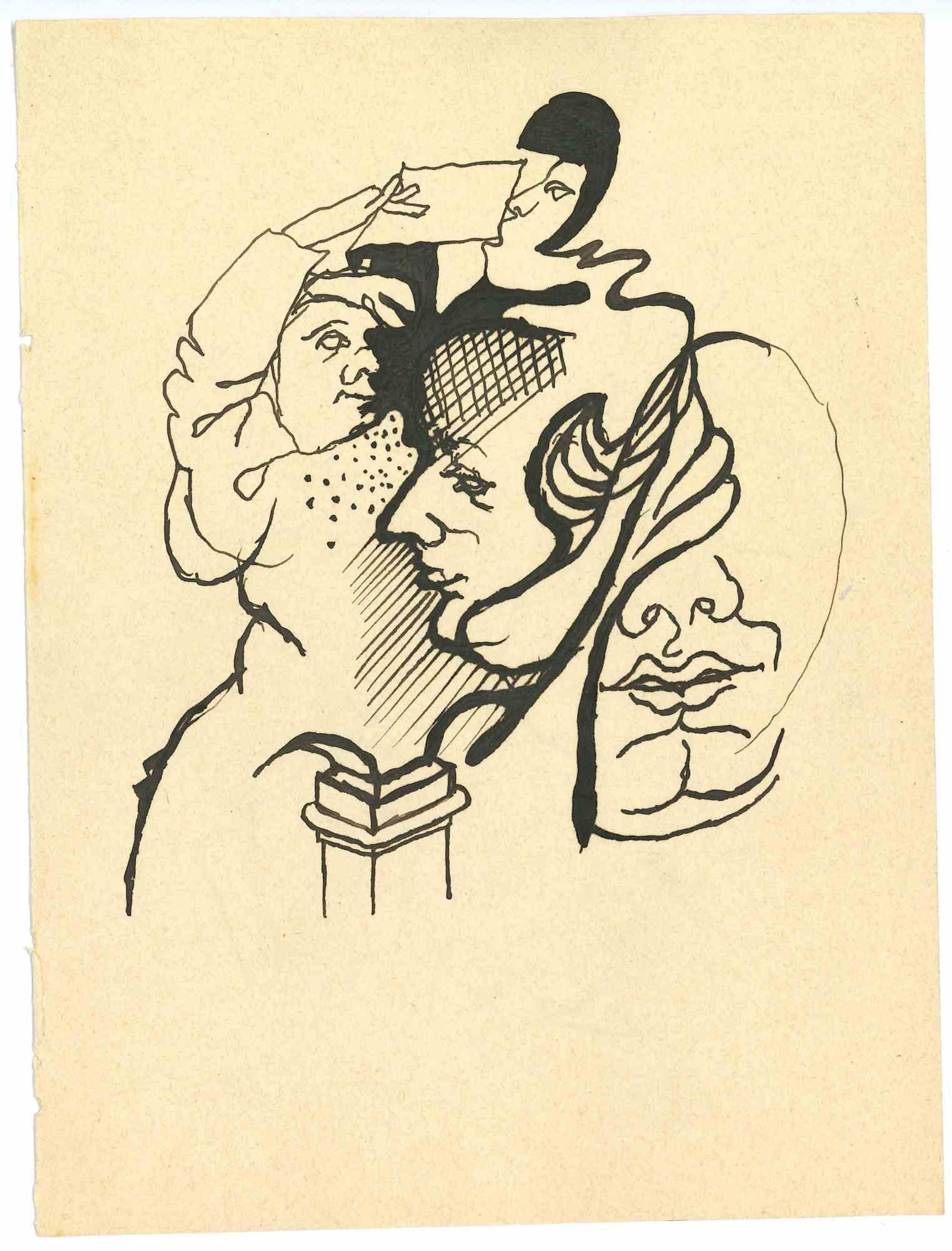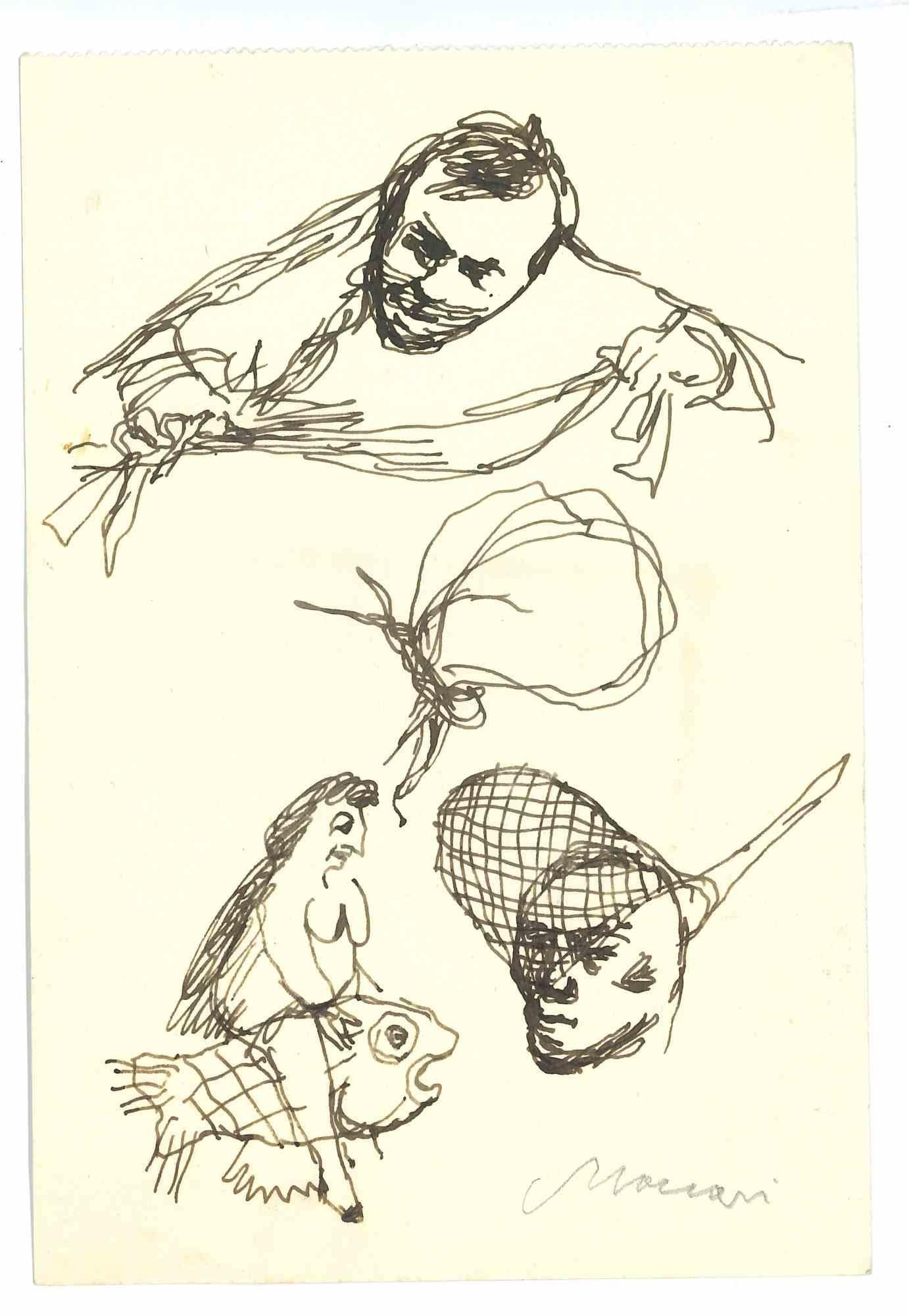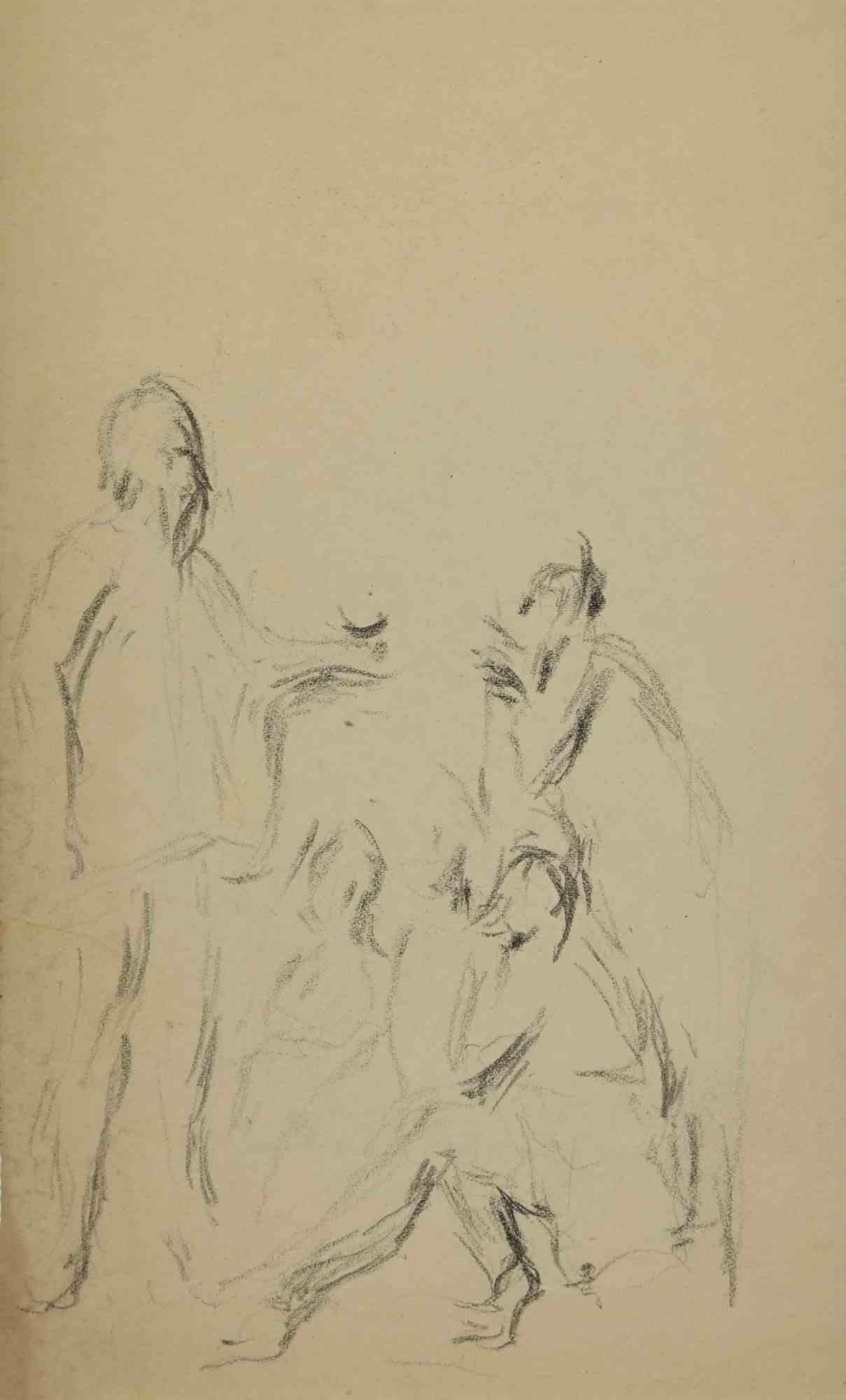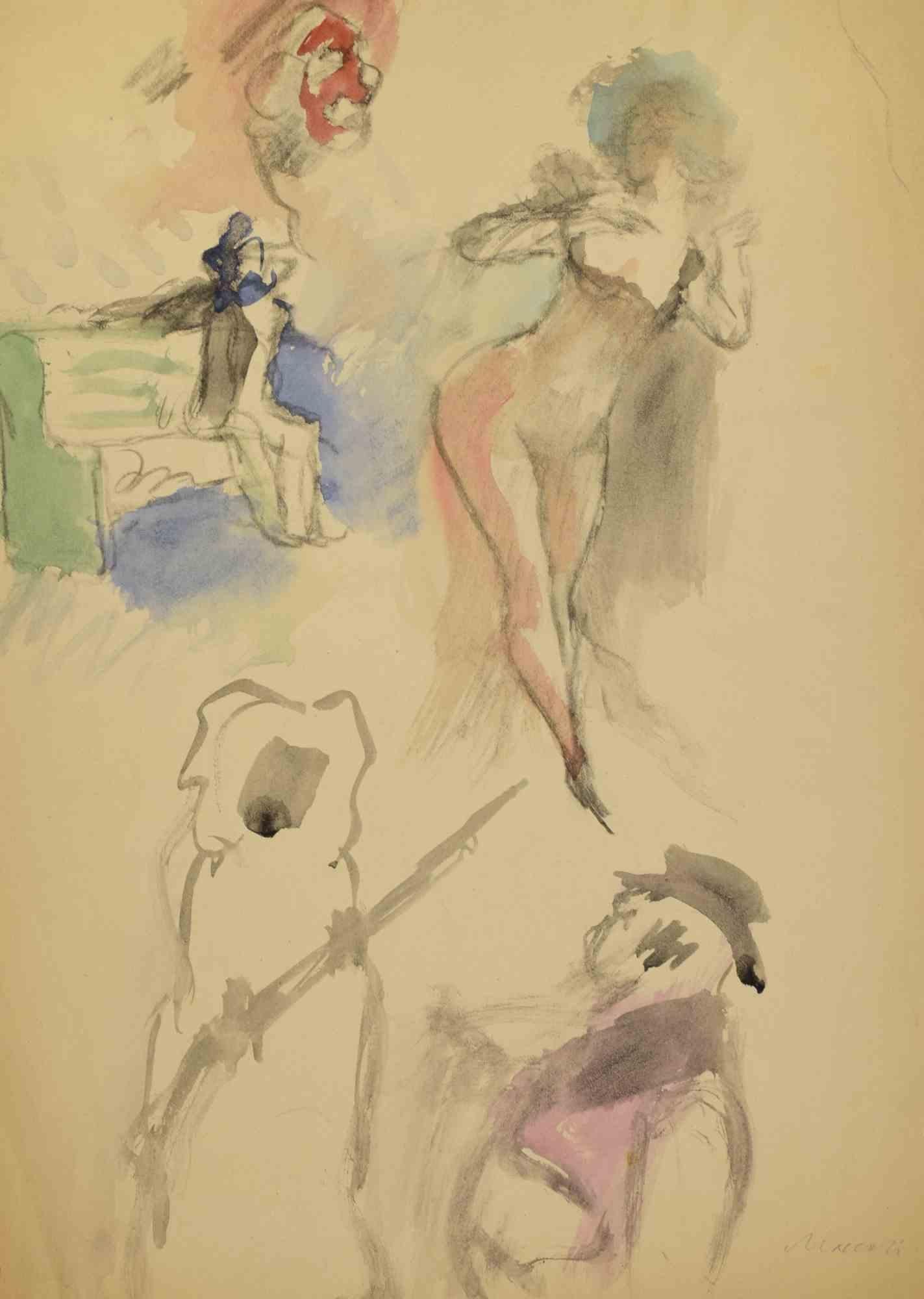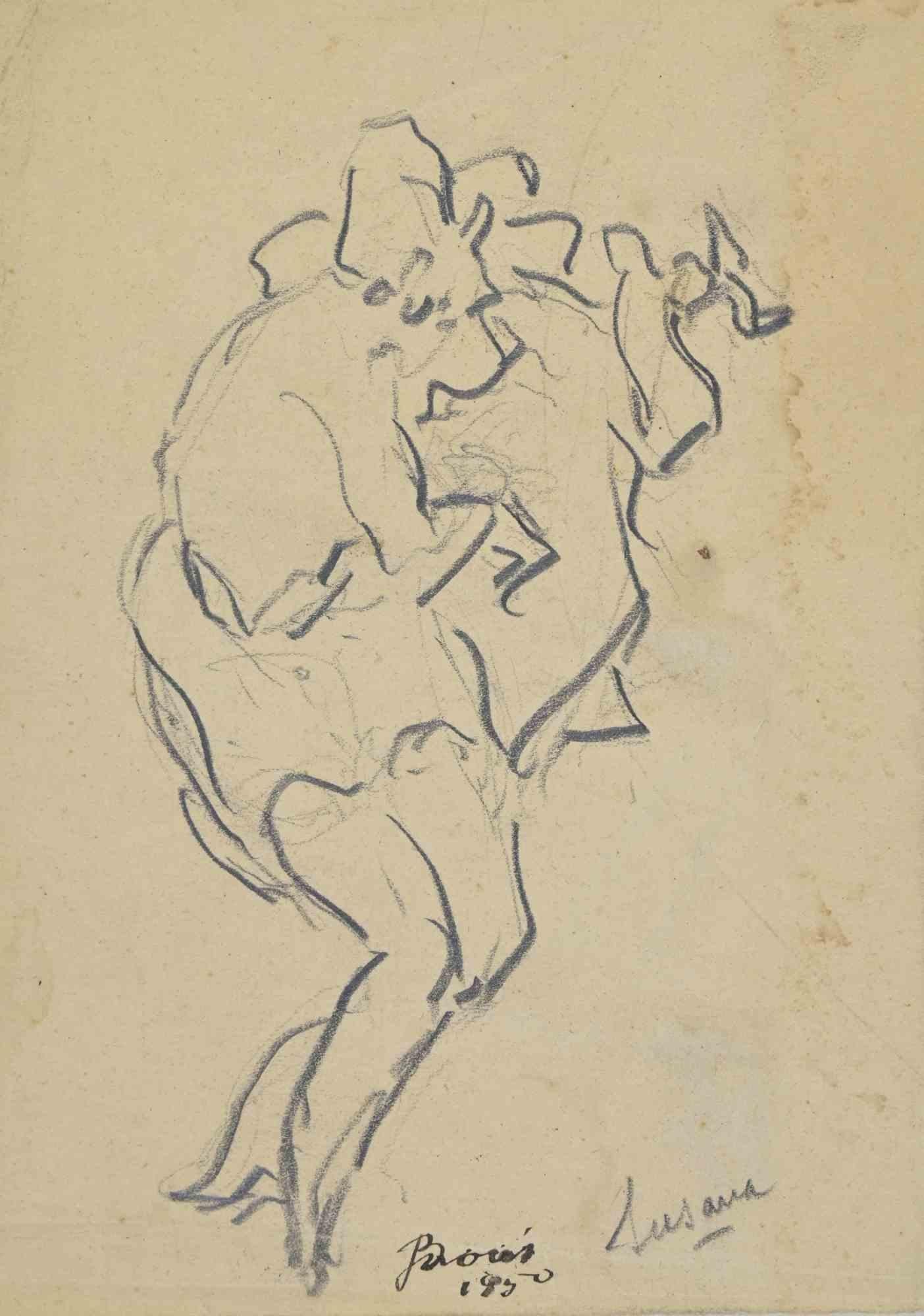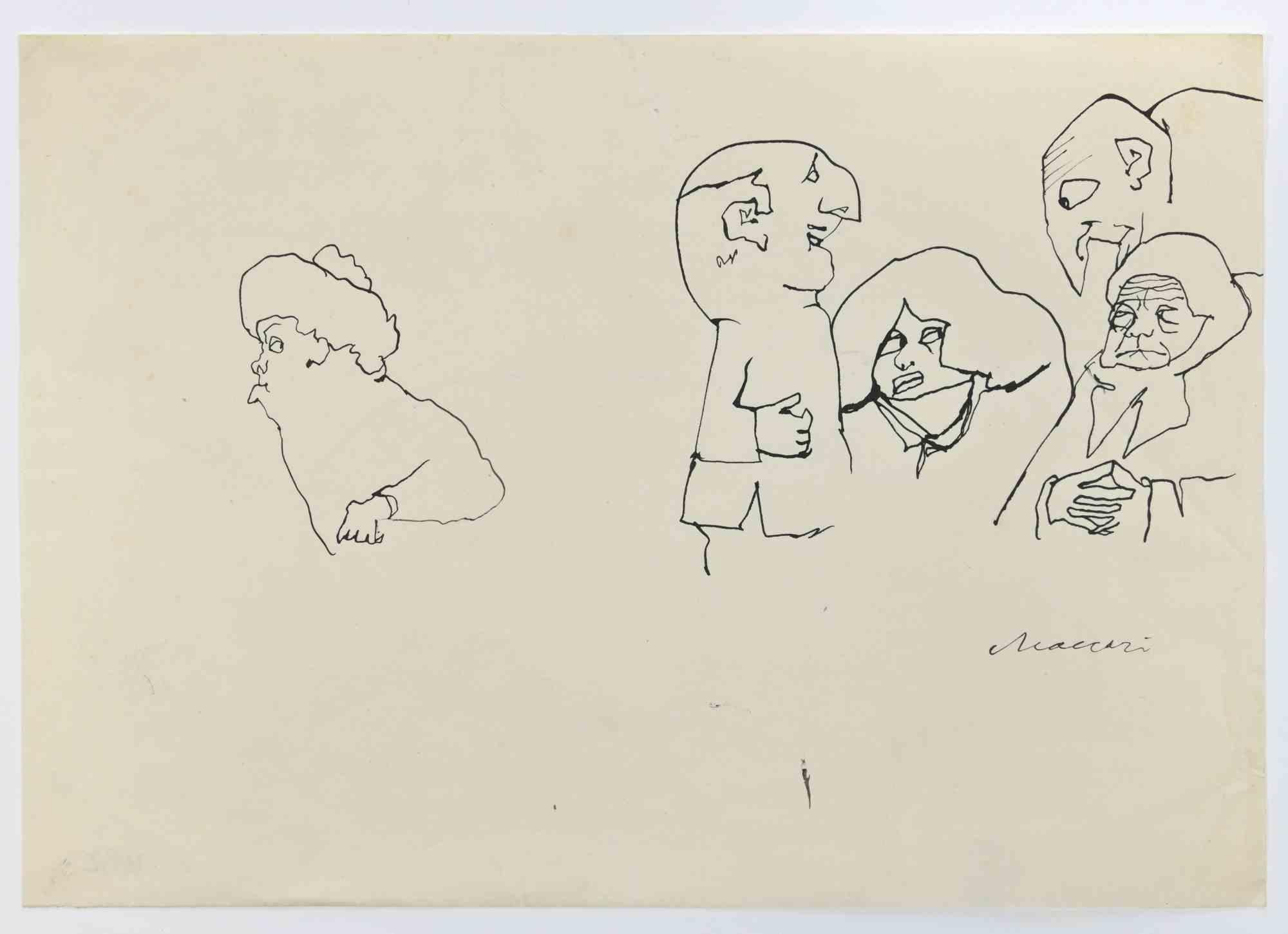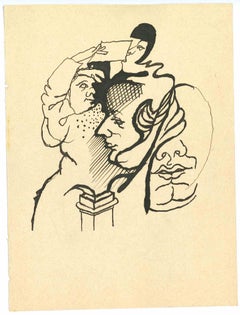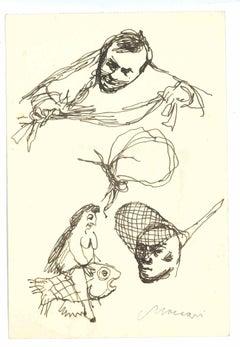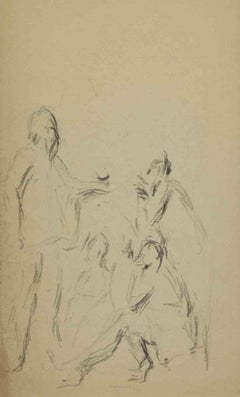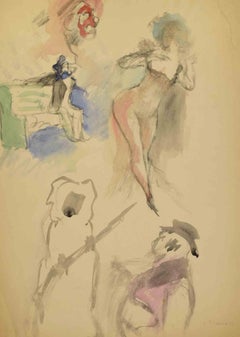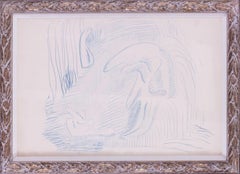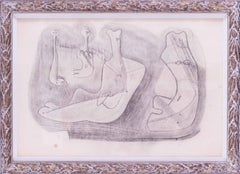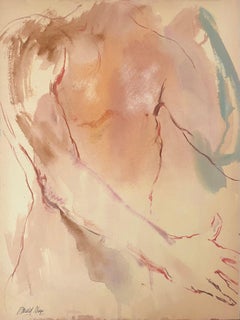Items Similar to Figures - Drawing by Henri Espinouze - 1950s
Want more images or videos?
Request additional images or videos from the seller
1 of 2
Henri EspinouzeFigures - Drawing by� Henri Espinouze - 1950s1950s
1950s
$429.07
£317.73
€360
CA$590.04
A$656.28
CHF 343.48
MX$8,004.40
NOK 4,315.96
SEK 4,059.72
DKK 2,740.79
About the Item
Figures is a drawing in mixed media on paper realized in the 1950s by Henri Espinouze (1915-1982).
Each piece 8 x 12 cm, applied on a paper.
The state of preservation is good.
The artwork represent three piece of work all created through harmonious composition and vivid colors.
- Creator:Henri Espinouze (1915 - 1982)
- Creation Year:1950s
- Dimensions:Height: 3.15 in (8 cm)Width: 4.73 in (12 cm)Depth: 0.04 in (1 mm)
- Medium:
- Movement & Style:
- Period:
- Framing:Framing Options Available
- Condition:Insurance may be requested by customers as additional service, contact us for more information.
- Gallery Location:Roma, IT
- Reference Number:Seller: T-1505411stDibs: LU650315117762
About the Seller
4.9
Platinum Seller
Premium sellers with a 4.7+ rating and 24-hour response times
1stDibs seller since 2017
7,681 sales on 1stDibs
Typical response time: 3 hours
- ShippingRetrieving quote...Shipping from: Monaco, Monaco
- Return Policy
Authenticity Guarantee
In the unlikely event there’s an issue with an item’s authenticity, contact us within 1 year for a full refund. DetailsMoney-Back Guarantee
If your item is not as described, is damaged in transit, or does not arrive, contact us within 7 days for a full refund. Details24-Hour Cancellation
You have a 24-hour grace period in which to reconsider your purchase, with no questions asked.Vetted Professional Sellers
Our world-class sellers must adhere to strict standards for service and quality, maintaining the integrity of our listings.Price-Match Guarantee
If you find that a seller listed the same item for a lower price elsewhere, we’ll match it.Trusted Global Delivery
Our best-in-class carrier network provides specialized shipping options worldwide, including custom delivery.More From This Seller
View AllThe Figures - Drawing by Mino Maccari - 1950s
By Mino Maccari
Located in Roma, IT
The Figures is an Original Drawing in china ink on creamy-colored paper realized by Mino Maccari in the mid-20th century.
Good conditions.
Mino Maccari (1898-1989) was an Italian w...
Category
1950s Modern Figurative Drawings and Watercolors
Materials
Ink
$582 Sale Price
24% Off
Figures - Drawing by Mino Maccari - Mid-20th Century
By Mino Maccari
Located in Roma, IT
Figures is a china ink drawing realized by Mino Maccari (1924-1989) in the Mid-20th Century.
Hand-signed.
Good conditions with slight foxing.
Mino Maccari (Siena, 1924-Rome, June...
Category
Mid-20th Century Modern Figurative Drawings and Watercolors
Materials
Paper, Ink
Figures - Drawing by Joseph Alexander Colin - Mid-20th Century
Located in Roma, IT
Figures is a drawing realized by Joseph Colin in the Mid-20th Century.
Pencil on ivory-colored paper
Good conditions with slight foxing.
The artwork is realized through deft expre...
Category
Mid-20th Century Modern Figurative Drawings and Watercolors
Materials
Pencil, Paper
Figures - Drawing by Mino Maccari - Mid 20th century
By Mino Maccari
Located in Roma, IT
Figures is an artwork realized by Mino Maccari (1924-1989) in the Mid-20th Century.
Charcoal and Watercolor on paper.
Hand-signed by the artist.
Good conditions.
Category
Mid-20th Century Modern Figurative Drawings and Watercolors
Materials
Charcoal, Watercolor
Figures - Drawing by Francisco Bores - 1950
By Francisco Bores
Located in Roma, IT
Figures is a modern artwork realized by Francisco Bores in 1950.
Charcoal drawings.
Good conditions.
Category
1950s Modern Figurative Drawings and Watercolors
Materials
Paper, Charcoal
Figures - Drawing by Mino Maccari - 1950s
By Mino Maccari
Located in Roma, IT
Figures is a China Ink Drawing realized by Mino Maccari (1924-1989) in the 1950s.
Hand-signed on the lower.
Good condition with slight folding.
Mino Maccari (Siena, 1924-Rome, Ju...
Category
1950s Modern Figurative Drawings and Watercolors
Materials
Ink
You May Also Like
Modern British drawing of abstract figures by Arthur Berridge, 1950
Located in Petworth, West Sussex
Arthur Berridge (British, 1902-1957)
Abstracted figures #2 1950
Blue crayon
14.1/2 x 21.1/2 in. (36.8 x 54.7 cm.)
Provenance: David Lay, Penzance
Born in Leicester in 1902, Ber...
Category
20th Century Abstract Abstract Drawings and Watercolors
Materials
Charcoal
Modern British drawing of abstract figures by Arthur Berridge, 1950
Located in Petworth, West Sussex
Arthur Berridge (British, 1902-1957)
Abstracted figures #1 1950
Charcoal
14.1/2 x 21.1/2 in. (36.8 x 54.7 cm.)
Provenance: David Lay, Penzance
Born in Leicester in 1902, Berrid...
Category
20th Century Abstract Abstract Drawings and Watercolors
Materials
Charcoal
Clifford Ellis Mid-Century Abstract drawing Modern British Art
By Clifford Ellis
Located in London, GB
We acquired a series of paintings and drawings from Clifford and Rosemary Ellis's studio. To find more scroll down to "More from this Selle...
Category
Mid-20th Century Abstract Abstract Drawings and Watercolors
Materials
Gouache
Original Ronald Shap figure drawing, signed
Located in Columbus, OH
Original oil pastel and gouache figure drawing by celebrated, twentieth-century California landscape painter, Ronald Shap. Sketch of a nude male torso with washes of light aqua/sage green and accents of neon pink oil pastel. This is a part of Shap's '80s Interiors...
Category
1980s Contemporary Nude Drawings and Watercolors
Materials
Oil Pastel, Gouache
Original Ronald Shap figure drawing, signed
Located in Columbus, OH
Original gouache and ink nude figure drawing by celebrated, twentieth-century California impressionist landscape painter, Ronald Shap. Torso and buttocks of man with arm raised in wa...
Category
1980s Contemporary Nude Drawings and Watercolors
Materials
Ink, Gouache
20th Century German Expressionist drawing of figures in a dream by Carl Hofer
By Carl Hofer
Located in Petworth, West Sussex
Carl Hofer (German, 1875 – 1955)
Figures from a dream
Pencil and charcoal on paper
Signed with initial ‘CH’ (lower right)
17 x 13 in. (43.2 x 33 cm.)
Provenance: These works come fr...
Category
20th Century Expressionist Figurative Drawings and Watercolors
Materials
Paper, Charcoal, Pencil
More Ways To Browse
Dupas Normandie
Edward Theodore Compton
Emile Louis Minet
Emile Rouff
Ethel Ashton
Everett Gee Jackson
Fredericks Of Hollywood Vintage Dresses
Ginori Palermo
Gladys Williams
Harry Fireside
Hayashi Kimono
Hector Caffieri
Hilary Knight Eloise Art
Janet Laura Scott
Jeffrey Dunn
Kiro Urdin
Leonard Thorpe
Loudon Sainthill
